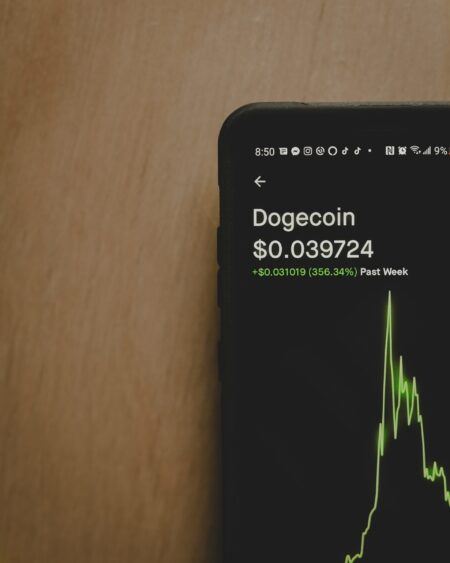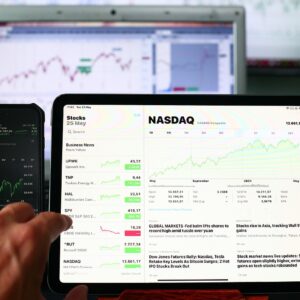On July 27, Michelle Makori of Kitco News interviewed George Gammon, a macroeconomics expert and host of The Rebel Capitalist Show. In this detailed discussion, Gammon delved into various aspects of the current economic landscape, emphasizing that the world’s most powerful economic indicator is signaling an imminent recession. He expressed concerns that the ongoing banking crisis is far from over and shared insights on macroeconomic data, the Federal Reserve’s actions, and his investment strategies.
Economic Overview and Recession Indicators George Gammon highlighted that the banking crisis, which began in 2023, is still unfolding. He noted that banks are not lending because the risk-reward balance does not make sense given the current economic environment. According to Gammon, this reluctance to lend indicates that banks foresee significant economic challenges ahead. He emphasized that we are in the “middle innings” of this crisis, suggesting that more turmoil is to come. Makori’s insightful questions helped clarify that the yield curve, a critical economic indicator, has been inverted for over two years. This inversion traditionally signals an upcoming recession, and Gammon believes that the current un-inverting process marks the beginning of economic trouble.
Banking System and Unrealized Losses Makori guided the conversation towards the intricacies of the banking system. Gammon explained that the interconnectedness of banks globally exacerbates the crisis. He cited unrealized losses in U.S. banks, which rose to $517 billion by the end of the first quarter of 2024. To put this in perspective, he pointed out that during the 2008 Global Financial Crisis (GFC), unrealized losses were around $75 billion. Gammon stressed that these losses, particularly in treasuries and mortgage-backed securities, are significant and suggest deep-rooted financial instability. He credited Makori for highlighting these critical data points, underscoring the severity of the current banking landscape.
Federal Reserve and Interest Rates Discussing the Federal Reserve’s role, Gammon pointed out that the Fed is often reactive rather than proactive. He explained that historically, the Fed has never successfully engineered a soft landing during a recession cycle. Makori’s questions revealed that the Fed’s current rate hiking cycle, combined with high inflation, puts additional pressure on the economy. Gammon anticipates that the Fed will eventually be forced to cut rates aggressively, which might signal a severe economic downturn rather than a soft landing.
Investment Strategies and Portfolio Insights Makori’s probing questions led Gammon to discuss his personal investment strategies. He shared that his portfolio is heavily weighted towards gold, which he views as insurance rather than a speculative asset. Gammon uses interest from one-year T-bills to buy long-dated, out-of-the-money call options on the NASDAQ, aiming to profit from potential market blow-off tops or crashes. He emphasized the importance of maintaining liquidity to buy assets cheaply during market downturns, a strategy that Makori aptly explored through her queries.
Bitcoin and Alternative Investments The discussion also covered Bitcoin, with Gammon advocating for its inclusion in investment portfolios due to its portability and lack of counterparty risk. He argued that Bitcoin’s true value lies in its ability to move purchasing power across borders seamlessly, a point that Makori highlighted as increasingly relevant in today’s volatile geopolitical climate.
Economic Predictions and Political Landscape Makori steered the conversation towards future economic predictions. Gammon forecasts a significant recession by mid-2025, aligning with the New York Fed’s probability estimates. He mentioned potential catalysts for economic instability, including geopolitical tensions and domestic political uncertainties. Makori’s questions about the upcoming U.S. elections revealed Gammon’s belief that a Trump victory is likely, given his resilient public image.
Featured Image via Pixabay









